Geraniums are beloved flowering plants known for their vibrant blooms and lush foliage. Whether planted in gardens or containers, they offer a stunning display of color throughout the growing season. This guide covers everything you need to know about growing and caring for geraniums.
Definition and Benefits of Geraniums
Geraniums, belonging to the genus Pelargonium, are popular for their diverse colors, shapes, and growth habits. Here are some key benefits:
- Aesthetic Appeal: Their vibrant flowers can brighten up any garden or indoor space, making them a favorite among gardeners.
- Versatile Uses: Geraniums can be grown in flower beds, borders, hanging baskets, or as houseplants.
- Low Maintenance: With proper care, geraniums are easy to grow and maintain, making them suitable for both novice and experienced gardeners.
- Companion Planting: Some geraniums can repel pests, making them effective companion plants for vegetables and other flowers.
Basics of Geraniums
- Common Name: Geranium
- Botanical Name: Pelargonium spp.
- Family: Geraniaceae
- Plant Type: Herbaceous perennial (often grown as annuals)
- Mature Size: 1–3 feet tall, depending on the variety
- Sun Exposure: Full sun to partial shade
- Soil Type: Well-draining potting mix or garden soil
- Soil pH: Slightly acidic to neutral (6.0 to 7.0)
- Bloom Time: Spring to fall
- Flower Color: Red, pink, white, purple, and orange
- Hardiness Zones: 10-11 (USDA), typically grown as annuals in cooler climates
- Native Area: Southern Africa
Choosing Which Geraniums to Grow
Several popular types of geraniums are commonly cultivated:
1. Zonal Geraniums (Pelargonium × hortorum)
- Description: Characterized by their large, rounded flower clusters and distinctive leaf zones, these are the most common geraniums.
- Ideal Uses: Excellent for borders, flower beds, and containers.
2. Ivy-Leaved Geraniums (Pelargonium peltatum)
- Description: Features trailing stems and ivy-shaped leaves, making them perfect for hanging baskets.
- Ideal Uses: Ideal for containers and window boxes.
3. Scented Geraniums (Pelargonium spp.)
- Description: Known for their aromatic foliage, which can range from rose to mint scents.
- Ideal Uses: Great for herb gardens, indoor pots, and as a fragrant addition to garden beds.
4. Regal Geraniums (Pelargonium × domesticum)
- Description: Known for their large, showy flowers and unique colors, these geraniums have a more formal appearance.
- Ideal Uses: Perfect for containers and as centerpiece plants.
When to Plant Geraniums
Getting the Planting Site Ready
Choose a location with well-draining soil. Geraniums thrive in full sun, so ensure they receive at least 6 hours of sunlight per day. If planting in containers, use a high-quality potting mix.
Timing for Planting
- Indoors: Start seeds indoors 6-8 weeks before the last frost date. Transplant outdoors after the danger of frost has passed.
- Outdoors: Plant geraniums in late spring, once the soil has warmed and frost risk is minimal.
Specific Timing for Different Regions
- Tropical Areas: Can be planted year-round as annuals.
- Temperate Regions: Best to plant in late spring.
Growing Geraniums
Planting Location
Geraniums prefer bright, indirect sunlight. If planted outdoors, choose a spot that receives full sun for optimal growth. Indoors, place them near south or west-facing windows.
Spacing
Space geraniums about 12 to 18 inches apart to allow for adequate air circulation and growth.
Care and Maintenance
Watering
Water geraniums when the top inch of soil feels dry. They prefer consistent moisture but should not be overwatered. Allow excess water to drain away to prevent root rot.
Fertilization
Feed geraniums with a balanced, water-soluble fertilizer every 4-6 weeks during the growing season. Reduce fertilization in the fall and winter when growth slows.
Pruning and Maintenance
Regularly deadhead spent flowers to encourage continuous blooming. Prune back leggy growth to maintain a bushier shape and enhance overall appearance.
Pest and Disease Management
Geraniums are relatively pest-resistant but can be susceptible to aphids, whiteflies, and fungal diseases. Monitor for pests regularly, and treat infestations with insecticidal soap or neem oil.
Pests and Diseases
Identifying and Treating Diseases
Common diseases include root rot (due to overwatering) and leaf spot. Ensure proper drainage and avoid wetting foliage to prevent fungal issues.
Identifying and Fixing Signs of Distress
Watch for yellowing leaves or wilting, which may indicate overwatering, underwatering, or nutrient deficiencies. Adjust care practices as needed.
Planting Geraniums in the Garden
How to Use Geraniums
Geraniums are versatile and can be used in flower beds, borders, containers, and hanging baskets. Their bright colors can complement other plants and create stunning displays.
Companion Planting
Pair geraniums with other flowers, such as marigolds or nasturtiums, to enhance color and deter pests in vegetable gardens.
End of Season Care for Geraniums
As the growing season comes to an end, consider the following care tips:
- Indoor Plants: Bring outdoor geraniums indoors before the first frost. Reduce watering during the dormant winter months.
- Outdoor Plants: If you live in a warmer climate, geraniums can survive winter outdoors; however, in cooler areas, treat them as annuals.
Propagation
Geraniums can be propagated from stem cuttings or seeds. Take cuttings in spring, allow them to callus for a few hours, and plant in a well-draining mix.
Additional Tips for Successful Growth
- Humidity: Geraniums prefer moderate humidity. Avoid overly humid conditions to prevent fungal diseases.
- Temperature: Ideal temperatures range from 65-75°F (18-24°C). Protect them from extreme heat or cold.
- Soil Quality: Use a well-draining potting mix enriched with organic matter for healthy growth.


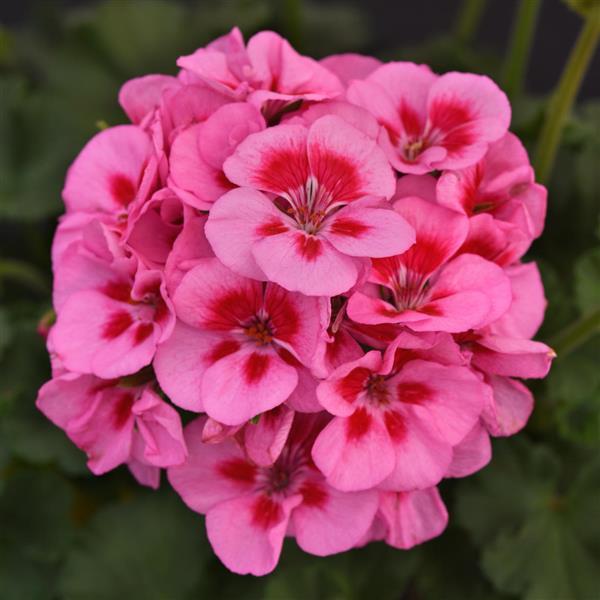
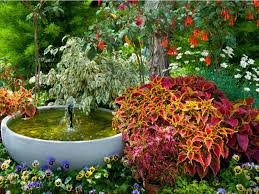
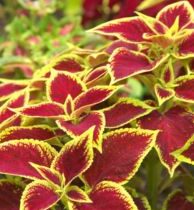
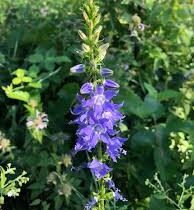
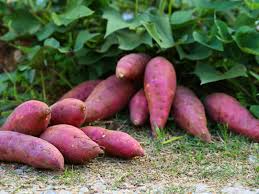
Leave a Reply
View Comments